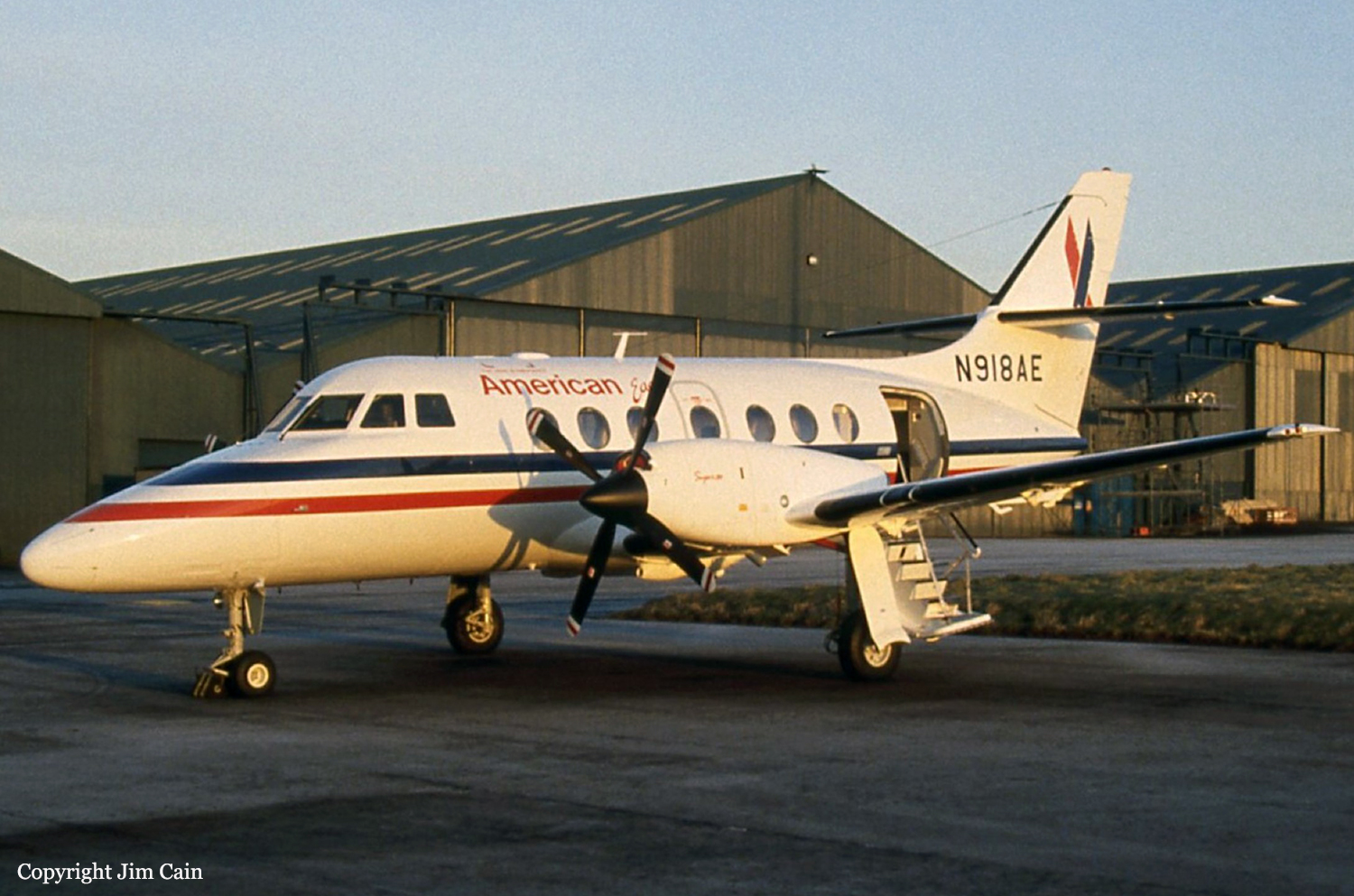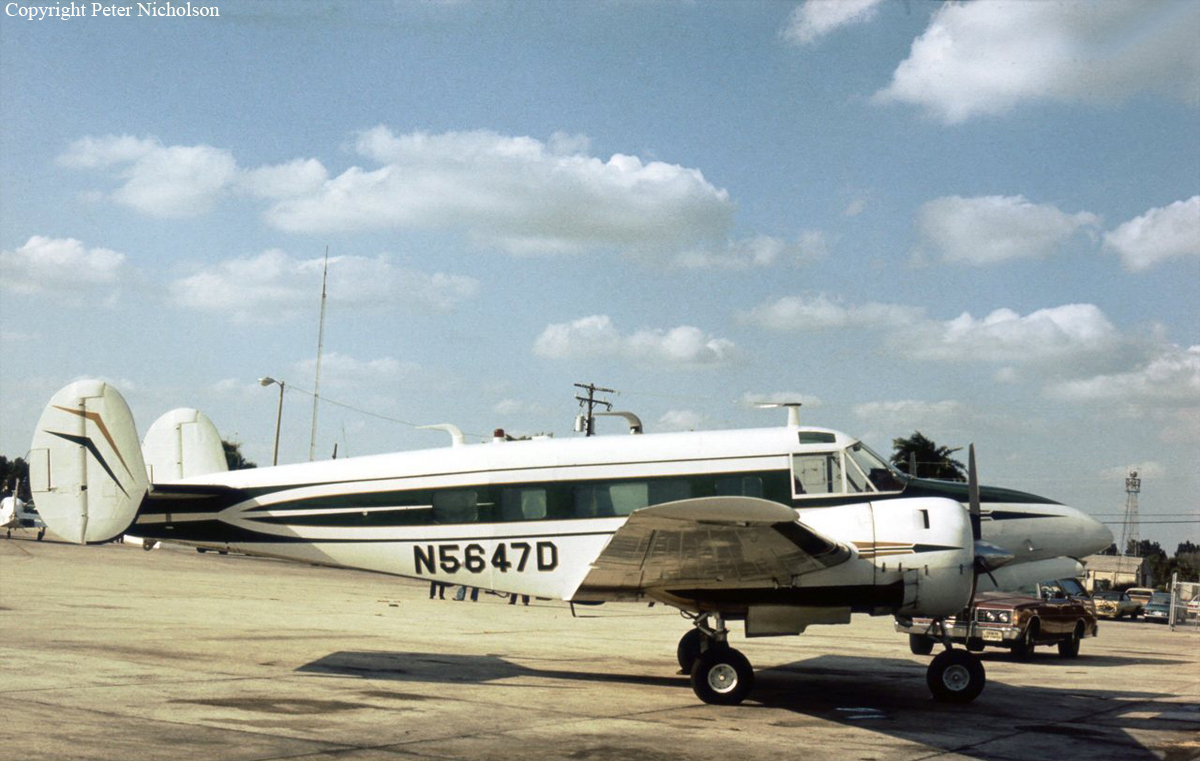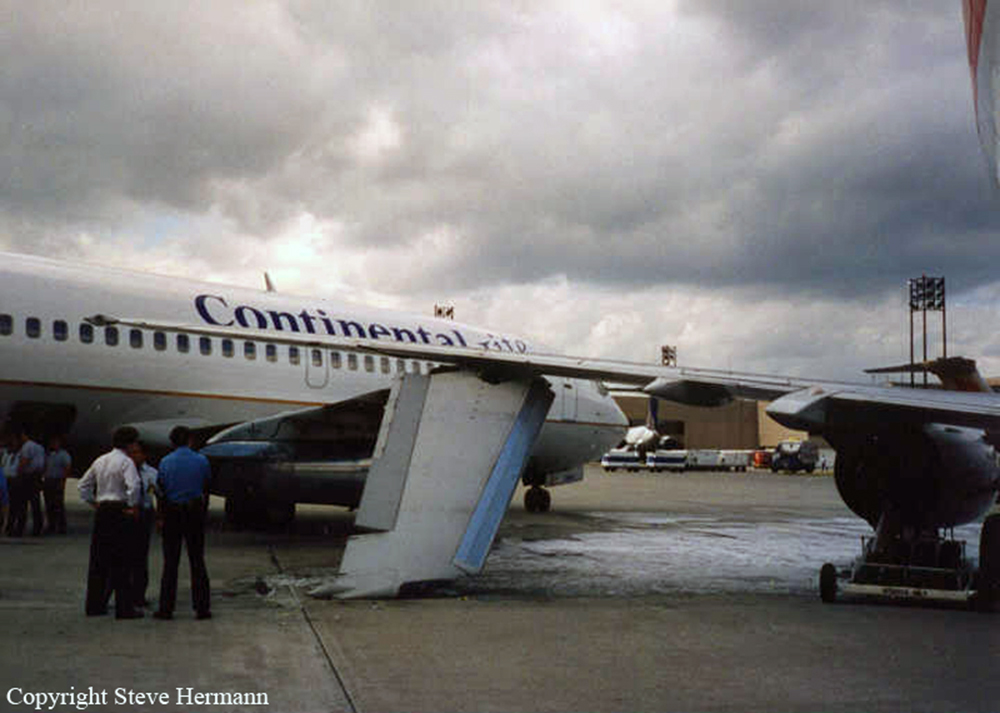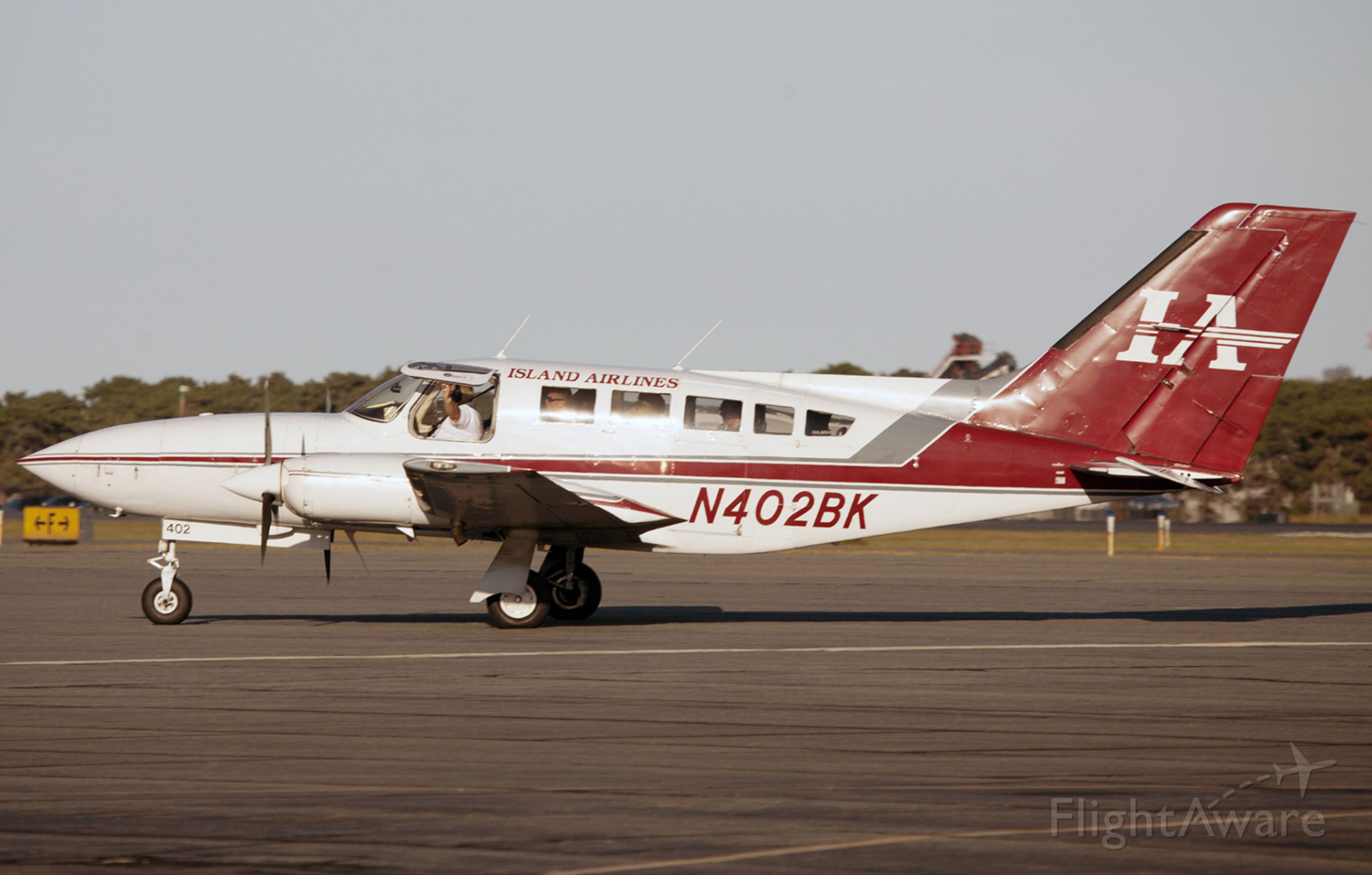Crash of a BAe 3201 Jetstream 32 in Raleigh: 15 killed
Date & Time:
Dec 13, 1994 at 1834 LT
Registration:
N918AE
Survivors:
Yes
Schedule:
Greensboro – Raleigh
MSN:
918
YOM:
1990
Flight number:
AA3379
Crew on board:
2
Crew fatalities:
Pax on board:
18
Pax fatalities:
Other fatalities:
Total fatalities:
15
Captain / Total hours on type:
457.00
Copilot / Total hours on type:
677
Aircraft flight hours:
6577
Circumstances:
Flight 3379 departed Greensboro at 18:03 with a little delay due to baggage rearrangement. The aircraft climbed to a 9,000 feet cruising altitude and contacted Raleigh approach control at 18:14, receiving an instruction to reduce the speed to 180 knots and descend to 6,000 feet. Raleigh final radar control was contacted at 18:25 and instructions were received to reduce the speed to 170 knots and to descend to 3,000 feet. At 18:30 the flight was advised to turn left and join the localizer course at or above 2,100 feet for a runway 05L ILS approach. Shortly after receiving clearance to land, the n°1 engine ignition light illuminated in the cockpit as a result of a momentary negative torque condition when the propeller speed levers were advanced to 100% and the power levers were at flight idle. The captain suspected an engine flame out and eventually decided to execute a missed approach. The speed had decreased to 122 knots and two momentary stall warnings sounded as the pilot called for max power. The aircraft was in a left turn at 1,800 feet and the speed continued to decrease to 103 knots, followed by stall warnings. The rate of descent then increased rapidly to more than 10,000 feet/min. The aircraft eventually struck some trees and crashed about 4 nm southwest of the runway 05L threshold. Five passengers survived while 15 other occupants were killed.
Probable cause:
The accident was the consequence of the following factors:
- The captain's improper assumption that an engine had failed,
- The captain's subsequent failure to follow approved procedures for engine failure single-engine approach and go-around, and stall recovery,
- Failure of AMR Eagle/Flagship management to identify, document, monitor and remedy deficiencies in pilot performance and training.
- The captain's improper assumption that an engine had failed,
- The captain's subsequent failure to follow approved procedures for engine failure single-engine approach and go-around, and stall recovery,
- Failure of AMR Eagle/Flagship management to identify, document, monitor and remedy deficiencies in pilot performance and training.
Final Report:













